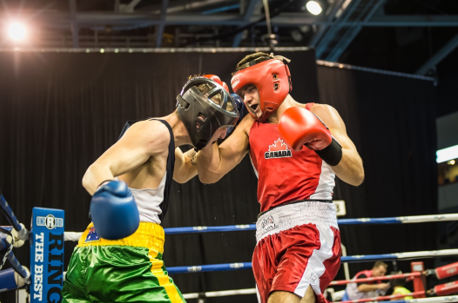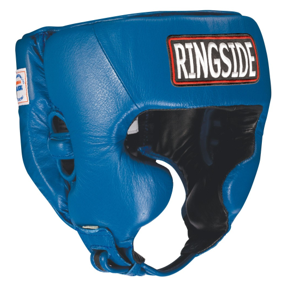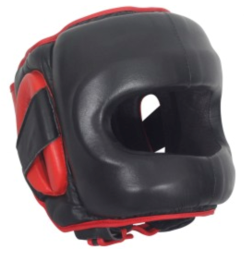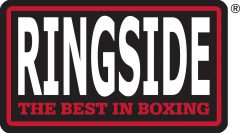For pro and amateur fighters, getting clocked is a way of life. You simply can’t engage in the sport of boxing without accepting one simple fact: you will get hit. Thankfully, there are relatively simple ways to minimize injury, so you can focus on more important things, like perfecting your uppercut or bob and weave.

Why Headgear Matters
Boxing is inherently physically demanding, but experts say that the sport is generally safe and that the risk for serious injury exists just as much in sports like hockey, cycling and racing as it does in boxing. In any sport, finding the right protective equipment is all part of the process. Just as you protect your hands with boxing gloves, you need to guard your head, skull and teeth from impact so you can fight safely and focus on your ultimate goal: beating your opponent.
When you wear proper protective gear, you significantly reduce your likelihood of injury — plain and simple. Most boxing headgear are designed to cradle and cushion the most sensitive areas of the head, primarily the skull. The best boxing headgear, like our Master’s Competition Headgear, will have thick padding surrounding the head and cheeks, leaving only exposed areas for the eyes, mouth and ears. Be sure to choose boxing headgear that protects the nose without limiting airflow.

It’s in the Rulebook
Many of the world’s amateur boxing organizations dictate that fighters wear protective headgear in the ring, and not complying will swiftly get you kicked out of a competition. For now, the International Boxing Association and USA Boxing organizations require competitors to wear headgear in all competitions, except for one, though that may change. In short, for most competitions in the U.S., boxing headgear is simply part of the uniform. On the same note, you’ll often find that many gyms, training facilities and boxing clubs require trainees to wear properly fitting headgear before they enter the ring. This helps encourage an environment of safe, fair gameplay.

Which Headgear Is Best?
For traditional boxing, you’ll want to find a headgear option that protects your head but keeps you mobile and doesn’t limit your range of motion. In competition, you may opt for a headgear that leaves the majority of your face open but protects the skull and cheeks. In training, the more protection may be better, especially shielding of the nose and cheeks. You may also opt for caged headgear — such as our Deluxe Face Saver Headgear — for additional protection without limiting your ability to see or breathe.
Be sure that you always wear headgear when sparring. Another thing to note is that you might need separate pieces of headgear for sparring and competing. In general, training headgear is designed to protect you with more padding, while competition headgear is generally lighter and less padded for better agility. During competitions, you might need to reference the organization’s rulebook to find approved headgear styles.
Like any piece of athletic equipment, the right headgear means the one that fits the best, feels the most comfortable and provides the most protection. A headgear that slips and slides will not only create gaps in protection, but could also compromise your range of vision or simply distract you when you need to focus. Therefore, we highly recommend opting for a style that accommodates for adjustments — buckle chin straps and hook and loop closures are great for finding a custom-like fit.
Remember, protecting the head isn’t the only important thing to consider when preparing for a big bout. You’ll also need to invest in essentials that prevent injury to the mouth — especially a good boxing mouthguard — as well as the shins, pelvis and hands. Explore our complete selection of protective boxing gear for options that suit your specific needs and budget. You can always reach out to the team here at Ringside if you have specific questions about which boxing headgears and protective essentials are right for you.


My husband is planning to go in with his friends on buying a boxing ring for our garage, and I’m considering getting some extra equipment as a surprise gift to go with it. Getting good headgear, for sure, will be at the top of my list, as I want them to be protected while they fight, and I’ll be sure to take your advice and get them some mouthguards and hand and shin gear, as well. It’ll be good to know that I should keep an eye out for headgear that protects the nose, as well, without limiting airflow as you said.